
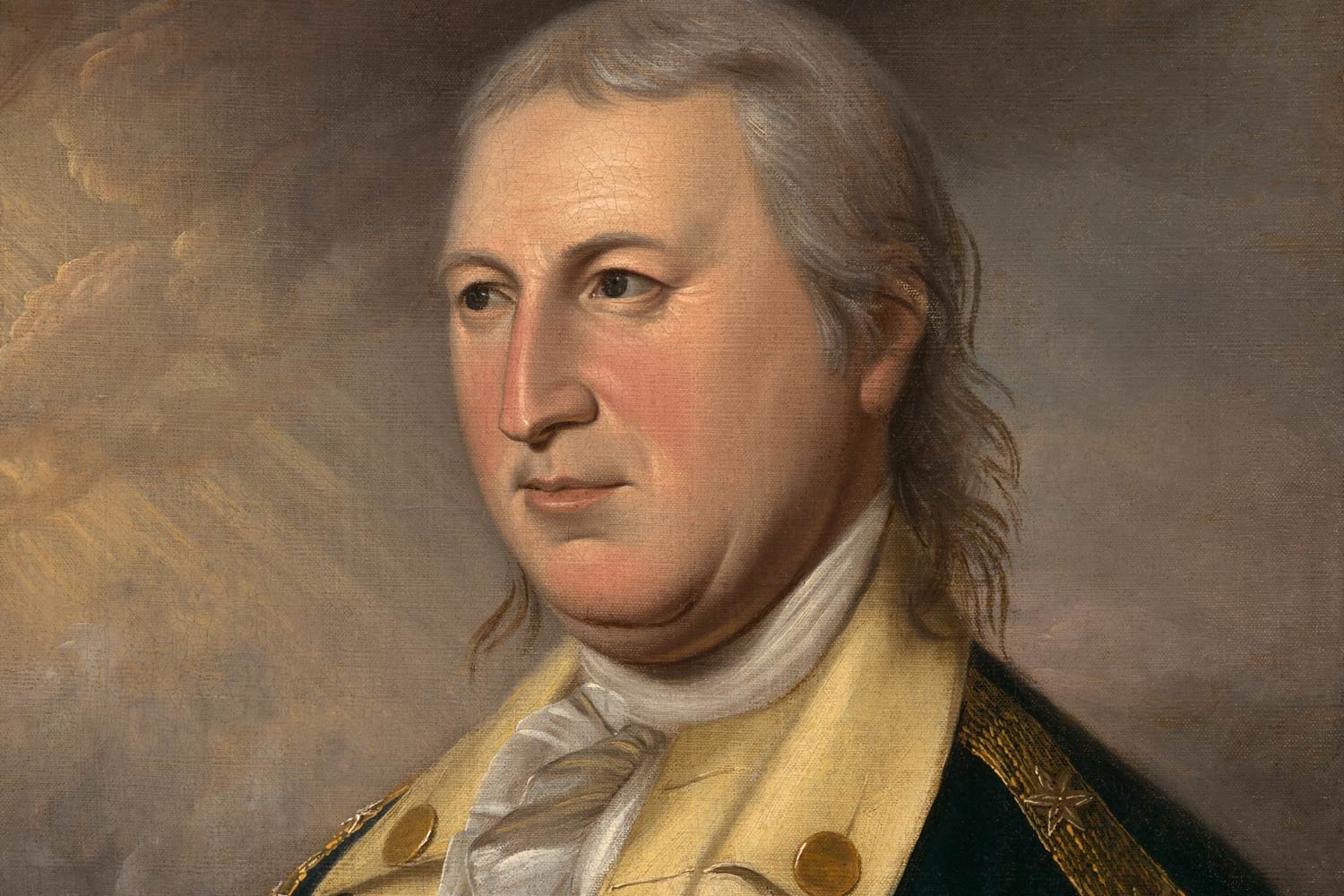
The Newburgh Conspiracy: Washington Ends a Crisis
By early 1783, America was close to finalizing its peace agreement with England. However, the Confederation Congress had some issues to resolve with its own discontented Continental Army, as the internal threat of mutiny appeared worse than the external one posed by British forces.
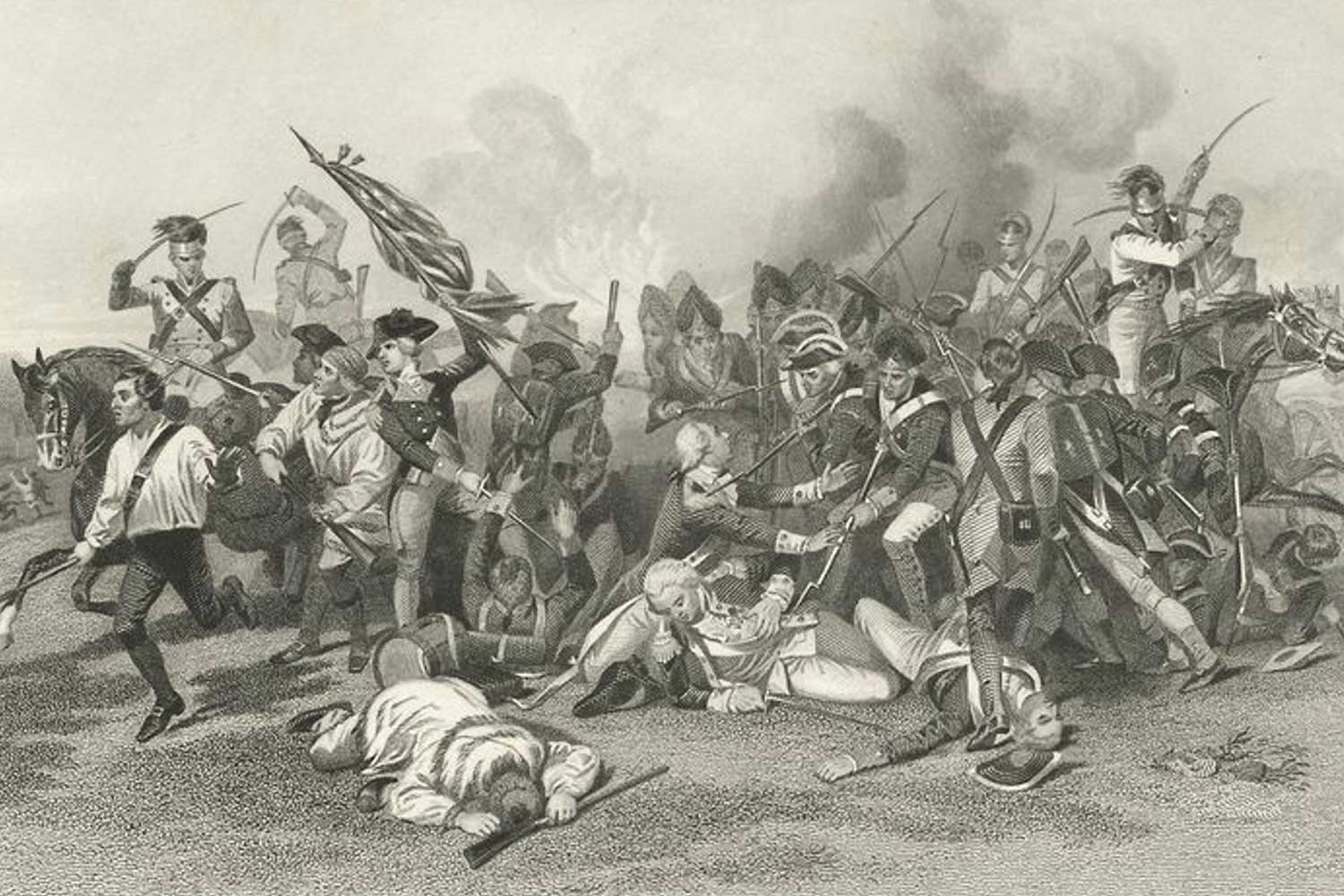
British High Tide at Camden
As dawn broke on the morning of August 16, 1780, the British army under Lord Charles Cornwallis and the American southern army under Major General Horatio Gates were half a mile apart, preparing to do battle. It would be a short affair, but a costly one for the Americans.
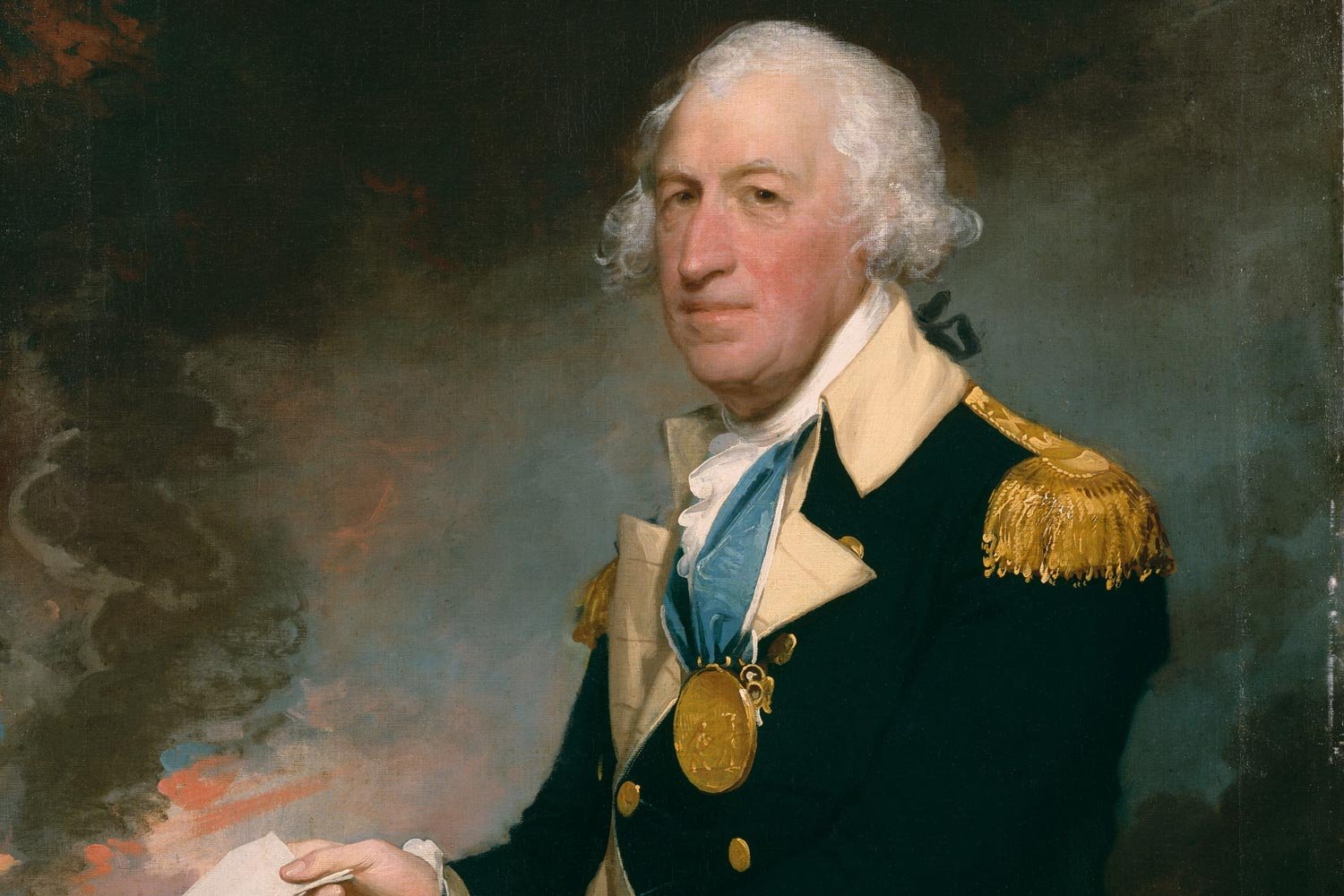
Southern Continental Army Tries to Regroup Under General Gates
The surrender of Charleston and its entire 5,000-man garrison on May 12, 1780, essentially eliminated the American southern Continental Army. At that point, Lord Charles Cornwallis and his British legions were able to operate virtually unopposed in South Carolina.
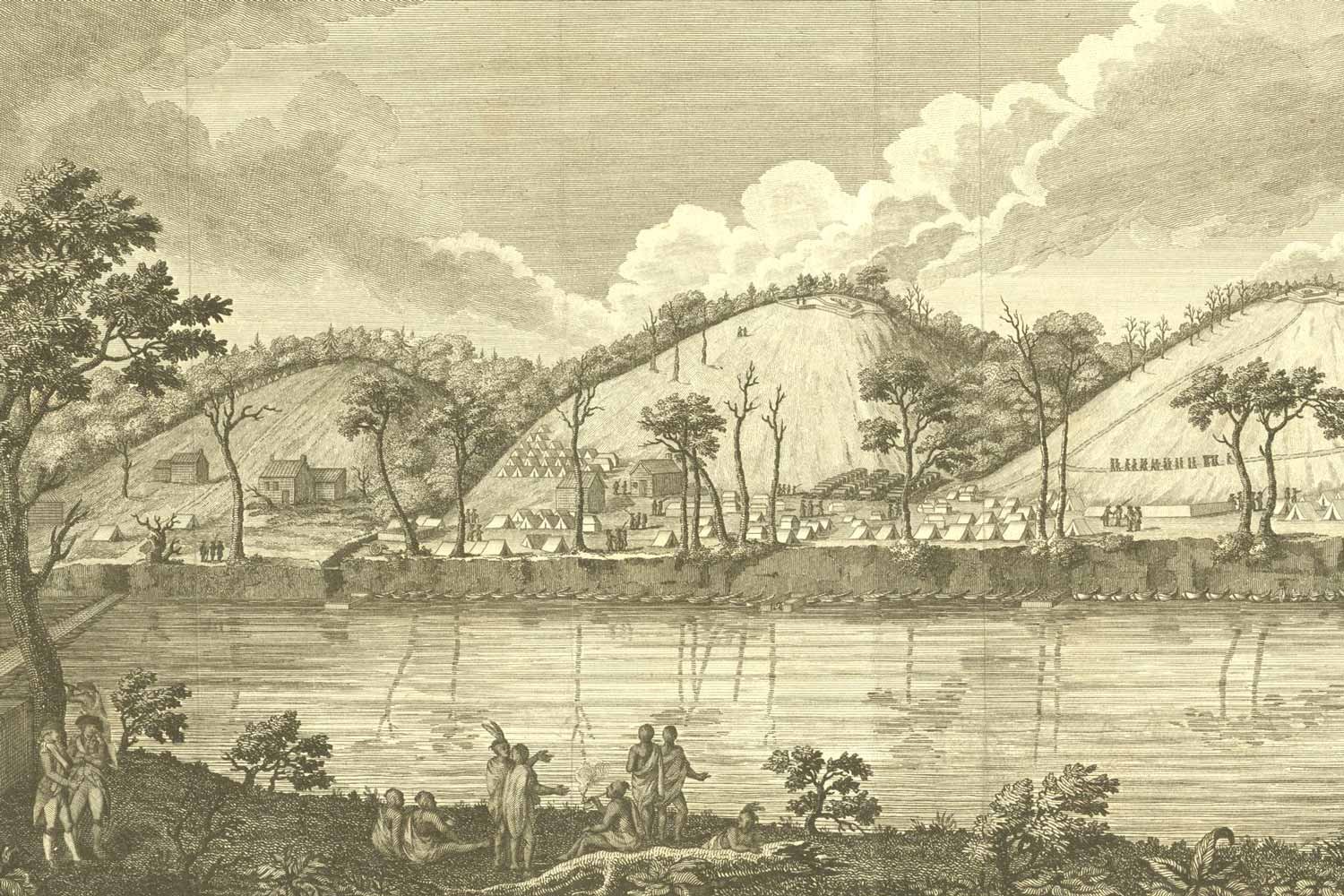
British and Americans Poised for Battle
In the eight short weeks since capturing Fort Ticonderoga without a fight, British General John Burgoyne had seen his army go from being invincible to facing starvation and defeat. More bad news arrived on August 28, when Indians brought word that a relief force under Lieutenant Colonel Barry St. Leger coming from the west down the Mohawk River Valley had turned back.
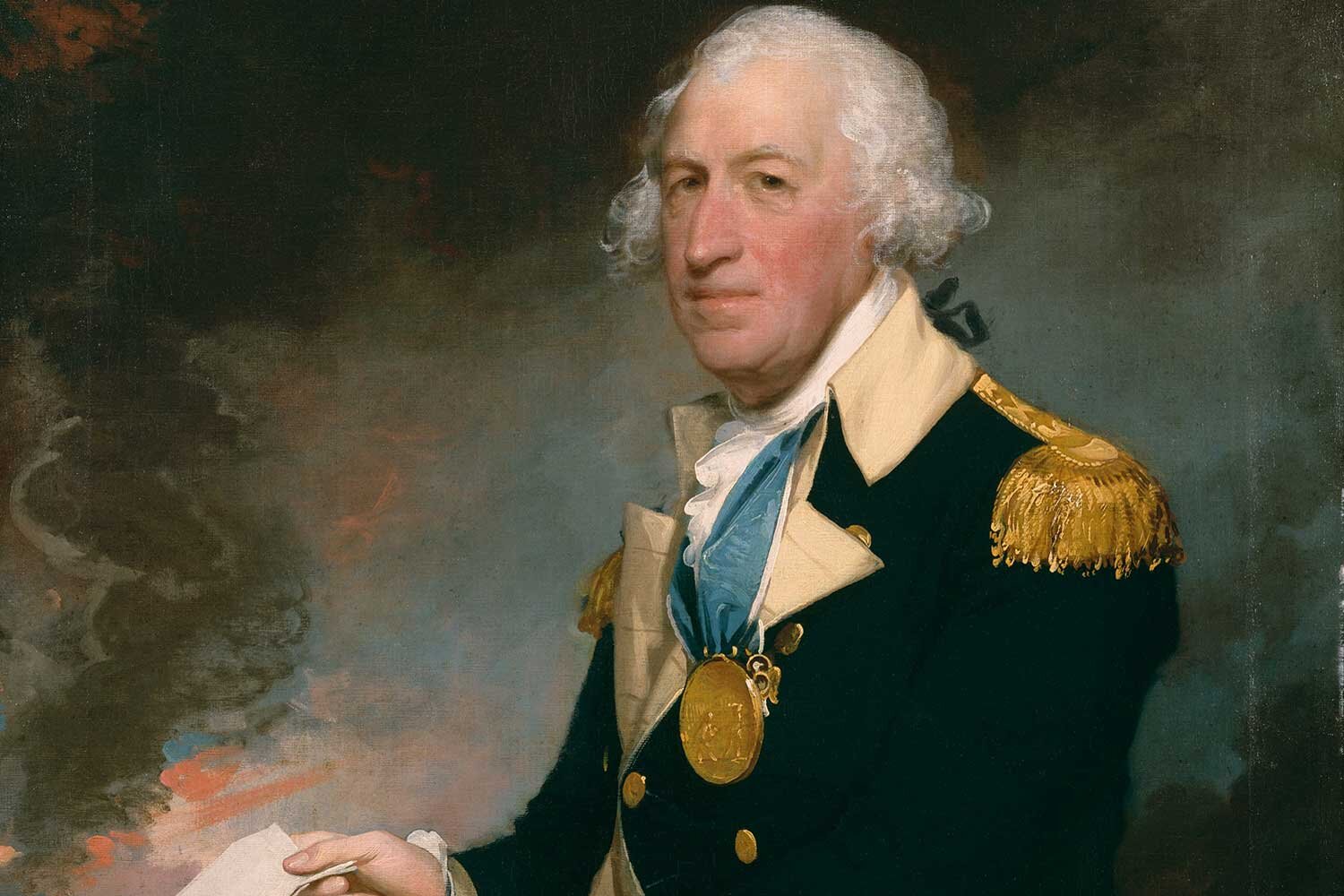
The Newburgh Conspiracy: Horatio Gates Stirs Up Controversy
By early 1783, America was close to finalizing its peace agreement with England, but the Confederation Congress had some issues to resolve with its own discontented Continental Army. At that moment, the internal threat of mutiny appeared worse than the external one posed by British forces.




